Why automatic ignition of a gas stove constantly clicks and spontaneously triggers: breakdowns and their repair
Modern gas stoves satisfy the end user in almost all respects. Most designs of such household appliances are invariably equipped with an automatic flame ignition system.
However, despite all the perfection of modern gas stoves, the potential owner of such equipment still has to deal with defects. In particular, over time, a defect often manifests itself when the self-ignition of a gas stove constantly clicks, regardless of the user's actions. Why is this happening? Consider the causes of such a breakdown and possible methods of repair on their own.
The content of the article:
Differences in circuit solutions of the ignition system
Before trying to find out the reason for the incomprehensible "behavior" of a home gas stove or trying to do it yourself, it is advisable to get acquainted with the principle of the functioning of the auto-ignition mechanism.
According to available information, there are two design options for such devices:
- On an electromechanical basis.
- Based on electronic automation.
The first option involves a double user action, when you must first activate (turn) the gas supply handle, and then activate (press) the ignition button. Such schemes are somewhat simpler than fully automatic schemes, but inferior in ignition efficiency.
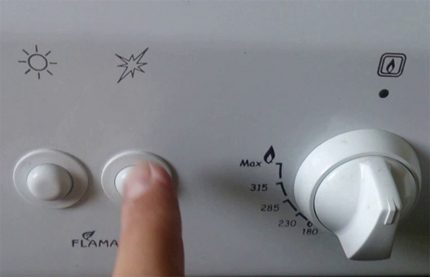
The second option for igniting a gas stove is more convenient. Here, it is enough for the user to lightly press the gas supply handle slightly inside the landing socket and turn it by a certain angle. The ignition efficiency of an electromechanical circuit is inferior to a fully automatic system.
Both versions of gas stove ignition systems also differ in circuit electrical solutions. The first design is characterized by an electric circuit, where a high-voltage capacitor and a simple electric arrester are used.
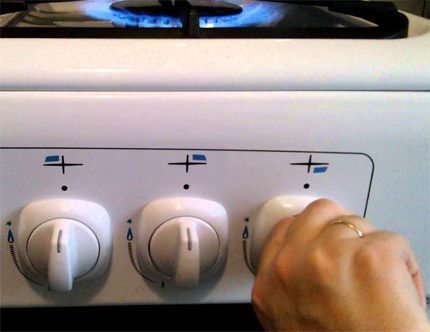
The moment of activation (pressing) of the button by the owner of the gas stove leads to a voltage supply to capacitorwhose charge on the secondary winding of the step-up transformer breakdown voltage is formed for the arrester. Accordingly, on the arrester is formed spark, contributing to the ignition of gas.
The fully automatic design contains a slightly different circuit, where in addition to the high-voltage capacitor there are electronic components such as:
- diodes;
- thyristors;
- transistors.
Such a scheme works according to a somewhat complicated version, due to which a higher-quality ignition spark is obtained at the output. And also there is more convenient control for the user.
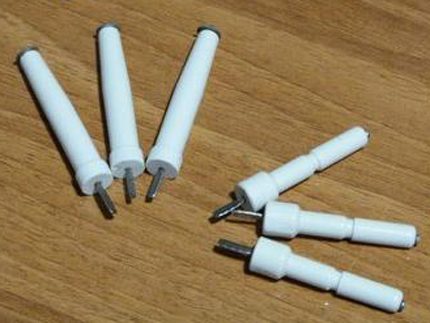
The ignition unit of the gas stove itself, as a rule, is carefully packed, and getting to the electronics is quite difficult. We recommend that you familiarize yourself with device and principle of operation gas stove.
However, what to do when the electric ignition of a household gas stove is constantly clicked, regardless of the adjustment knob? We will talk about this later.
Reasons to turn on electric ignition
As it turns out, taking into account practical experience, spontaneous clicks of a gas stove lighter in most cases are not connected in any way with the electronic circuit of the ignition unit.
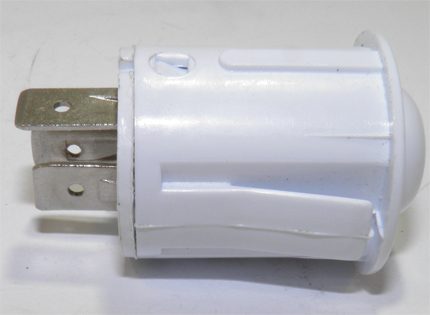
The reasons for the appearance of an uncontrolled spark lie elsewhere. Often the place of formation of such a defect is internal area of the button ignition control.
Reason # 1 - moisture inside the control button
Surely the owners of gas stoves had to deal with uncontrolled firing clicks on a gas stove after washing and cleaning household appliances.
Most likely, during the washing process, a certain amount of water fell on the ignition control button, as a result, part of the moisture penetrated inside.
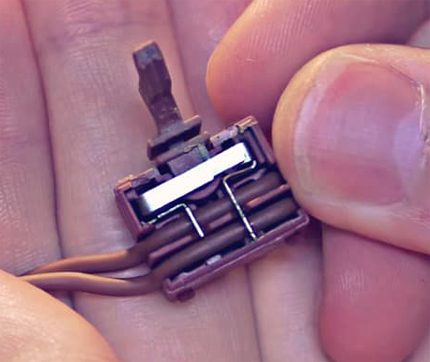
Considering that a high discharge voltage is supplied through the ignition button circuit, a small amount of moisture is sufficient for an uncontrolled spark to appear on the gas plate discharger.
Usually defect uncontrollable spark lighters in such cases disappears after some time. The moisture inside the button dries up, the short-circuit factor disappears, respectively, spontaneous clicks cease.
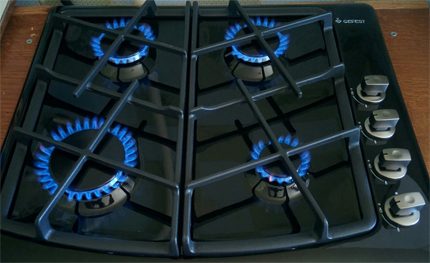
Often, the correction of a short circuit defect due to “water that has gotten after washing” helps to ignite all burners of the gas stove for about 15-30 minutes.
Reason # 2 - junction formation
The junctions formed inside the ignition button can have different shapes.The formation of a junction can be promoted by the same moisture that has got inside the button after washing. Usually such a "water" junction is formed due to the periodic penetration of water.
Over and over again, deposits accumulate, and eventually an oxide junction is formed. In addition, grease, soot, and dust can accumulate inside the button housing. All this is also short circuit forerunners between contacts.
With this development, you have to disassemble the gas stove:
- remove the top panel;
- open the front subpanel;
- remove the ignition button (s).
Or in the case of more modern gas stove designs, you need to get to the designs disk management devices, simultaneously performing the functions of a button and a regulator of gas supply to the burners.

After the part is removed from the gas stove body, the deposits are cleaned, after which everything is collected in the reverse order. However, this work is a prerogative. gas company specialists. Inexperienced in such matters, the user of the gas stove to disassemble the device is not recommended.
Reason # 3 - mechanical bonding of the contact group
The mechanical connection of the contact group of the ignition button of the gas stove should also be attributed to the category of causes associated with a short circuit. Such a defect, as a rule, can occur on plates that have been in operation for a sufficiently long time. True, the same malfunction on new devices is not excluded, where the quality of components leaves much to be desired.
A mechanical connection is formed by any of the contacts of the button, which simply breaks off, for example, due to physical wear. The broken part is shifted from the attachment point and forms an electrical connection with another contact. In fact, the effect of the ignition button is turned on - that is, the spontaneous operation of electric ignition on the burners of the gas stove.
With such a malfunction, the only way out is a complete replacement of the component.
How to check the performance of the lighter?
In order not to in vain dismantle a potentially serviceable component, it is advisable to first perform a short circuit test (short circuit).
It is not difficult to do this with a measuring device - a tester that supports the possibility of measuring resistance in the "mOhm" range.
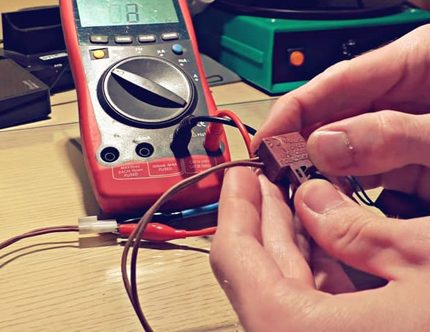
On almost all gas stove models, the ignition controls are connected by conductors through the connectors. Therefore, each control is easily disconnected from the circuit for testing. After removing the plugs with conductors from the connectors to the released contacts, the buttons connect the tester probes and control the reading on a scale.
If a short circuit is formed inside the button housing through an oxide junction, resistance measurements in the mOhm range will show some value in any case. When the instrument readings equal to the absolute reference point (maximum resistance "mOhm"), there is no short circuit defect.
We also have other articles on the site about stove breakdowns and burner problems:
Do-it-yourself gas stove repair: common malfunctions and how to fix them Why the gas burner is noisy: analysis of the causes + valuable recommendations for resolving the problem The gas burner burns badly: popular malfunctions and recommendations for their eliminationConclusions and useful video on the topic
Concluding the review of the defect of the constantly clicking gas stove, as well as the possibilities of correction, we recommend that you read the thematic video below:
In some cases, the elimination of the defect is quite possible on its own. However, theoretically and in accordance with the rules, any malfunctions of gas stoves are the prerogative of special (gas) services. This approach is conditioned, first of all, for reasons of general fire safety, and not just directly the owner of household appliances.
Have you recently eliminated the cause of spontaneous firing in your stove? Share your experience with other visitors to our site, leave your comments and recommendations, add unique photos taken during the repair of the ignition button - the feedback form is located below.

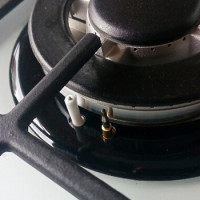 Repair of a gas stove Gorenje: frequent breakdowns and methods for their elimination
Repair of a gas stove Gorenje: frequent breakdowns and methods for their elimination 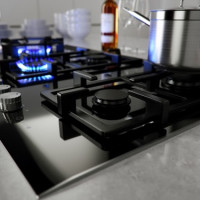 Malfunctions of the Darin gas stove: frequent breakdowns and methods for their elimination
Malfunctions of the Darin gas stove: frequent breakdowns and methods for their elimination 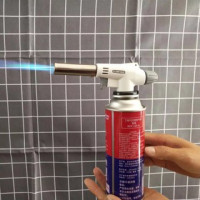 Do-it-yourself marching gas burner repair with piezo ignition: common breakdowns and their elimination
Do-it-yourself marching gas burner repair with piezo ignition: common breakdowns and their elimination 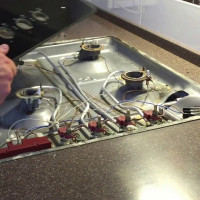 Do-it-yourself gas stove repair: common malfunctions and how to fix them
Do-it-yourself gas stove repair: common malfunctions and how to fix them 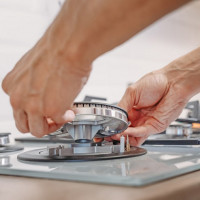 Why piezo ignition on a gas stove does not work: causes of breakdowns and methods for their elimination
Why piezo ignition on a gas stove does not work: causes of breakdowns and methods for their elimination 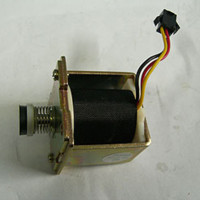 What to do if the gas valve on the gas column does not work: features of diagnostics and repair
What to do if the gas valve on the gas column does not work: features of diagnostics and repair  How much does it cost to connect gas to a private house: the price of organizing gas supply
How much does it cost to connect gas to a private house: the price of organizing gas supply  The best washing machines with dryer: model rating and customer tips
The best washing machines with dryer: model rating and customer tips  What is the color temperature of light and the nuances of choosing the temperature of the lamps to suit your needs
What is the color temperature of light and the nuances of choosing the temperature of the lamps to suit your needs  Replacement of a geyser in an apartment: replacement paperwork + basic norms and requirements
Replacement of a geyser in an apartment: replacement paperwork + basic norms and requirements